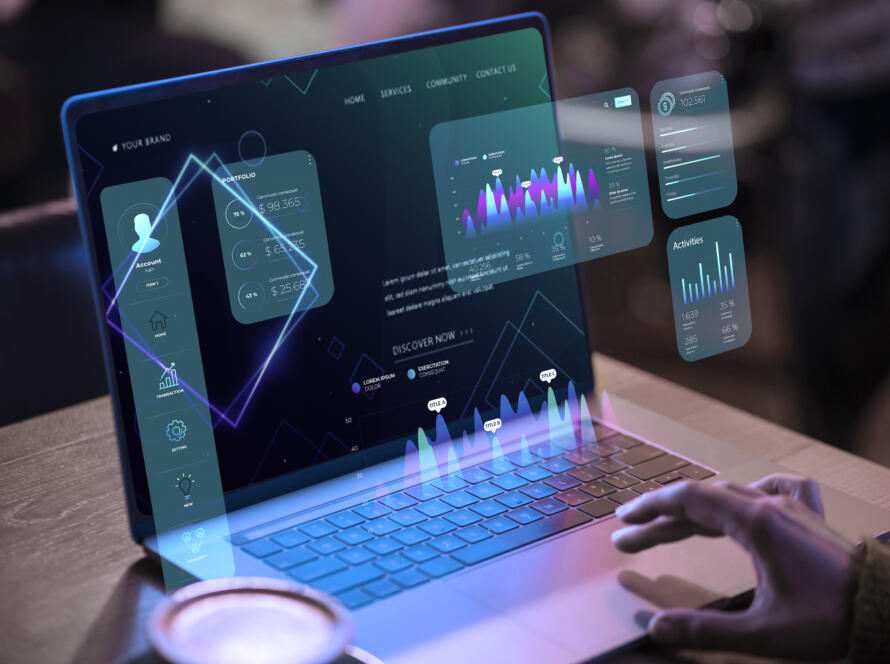Introduction
For decades, digital technology has been confined to screens—computers, smartphones, and
televisions. But that separation is disappearing. Mixed reality (MR) is transforming the way we
engage with the digital world, blurring the boundaries between physical and virtual spaces.
Unlike augmented reality (AR), which overlays digital elements onto the real world, or virtual
reality (VR), which immerses users in a fully digital space, MR merges both worlds, allowing
users to interact with digital content as if it were part of their physical environment.
MR is far more than entertainment or gaming. It has the potential to revolutionize business,
education, healthcare, architecture, and beyond. With advances in AI-driven spatial
computing, real-time rendering, and wearable technology, MR is poised to redefine how we
work, create, and communicate.
The technology powering mixed reality
1. Spatial computing
Spatial computing allows MR devices to map and interact with real-world environments. Sensors
analyze depth, surfaces, and spatial dimensions, ensuring digital objects appear realistically
placed in physical space.
2. AI-driven interactions
AI enhances MR experiences by recognizing gestures, facial expressions, and voice commands.
AI-powered MR can also anticipate user intent and optimize interactions in real time.
3. 5G and cloud computing
MR requires large amounts of data processing power. Cloud computing and 5G networks ensure
real-time rendering and minimal latency, enabling seamless MR experiences.
4. Advanced wearable
hardware
Devices such as the Microsoft HoloLens, Magic Leap, and Apple Vision Pro are pushing MR
technology into practical, real-world applications.
5. Haptic feedback
New MR interfaces integrate tactile responses, allowing users to “feel” digital objects, enhancing
immersion.
Industries being transformed by mixed reality
1. Business and collaboration
• Virtual workspaces allow employees across the globe to collaborate as if they were in the
same room.
• Interactive prototyping lets engineers and designers manipulate 3D models in real-time
before production.
• AI-enhanced MR enables data visualization, allowing businesses to overlay key insights
onto physical environments.
2. Healthcare and education
• Surgeons use MR for practice simulations, improving accuracy in complex procedures.
• Medical students experience real-time anatomy visualization, stepping inside a virtual
human body.
• Therapists use MR for rehabilitation, helping patients retrain motor functions with
immersive exercises.
3. Retail and customer experience
• Virtual showrooms allow customers to interact with products in their homes before
purchasing.
• MR-powered shopping assistants provide real-time recommendations in physical stores.
• Brands create interactive marketing experiences, using MR to tell compelling stories.
Challenges to adoption
1. Hardware limitations
MR devices remain expensive and require significant computing power. Advancements in
miniaturization and battery efficiency will be key for widespread adoption.
2. Privacy concerns
MR environments collect extensive spatial and behavioral data, raising concerns about security
and surveillance.
3. Cost of implementation
For many businesses, MR adoption is still seen as a luxury rather than a necessity. As technology
matures, costs are expected to drop, making it more accessible.
The future of mixed reality
Within a decade, MR will be as common as smartphones today. Offices, classrooms, and homes
will integrate MR-powered assistants and interfaces into everyday life. The line between digital
and physical will continue to blur, leading to a seamless, interconnected world where MR is
part of our daily routines.



